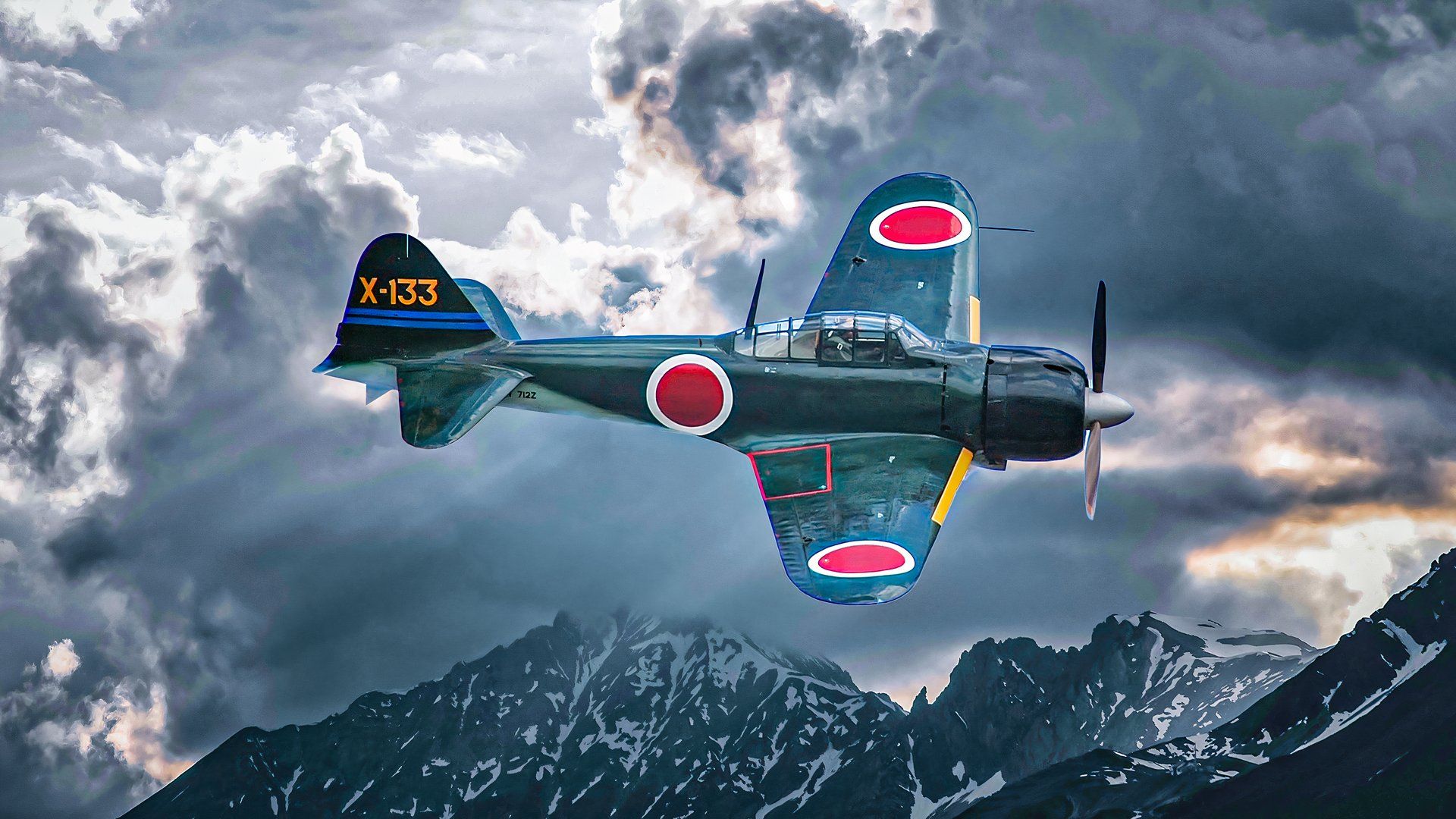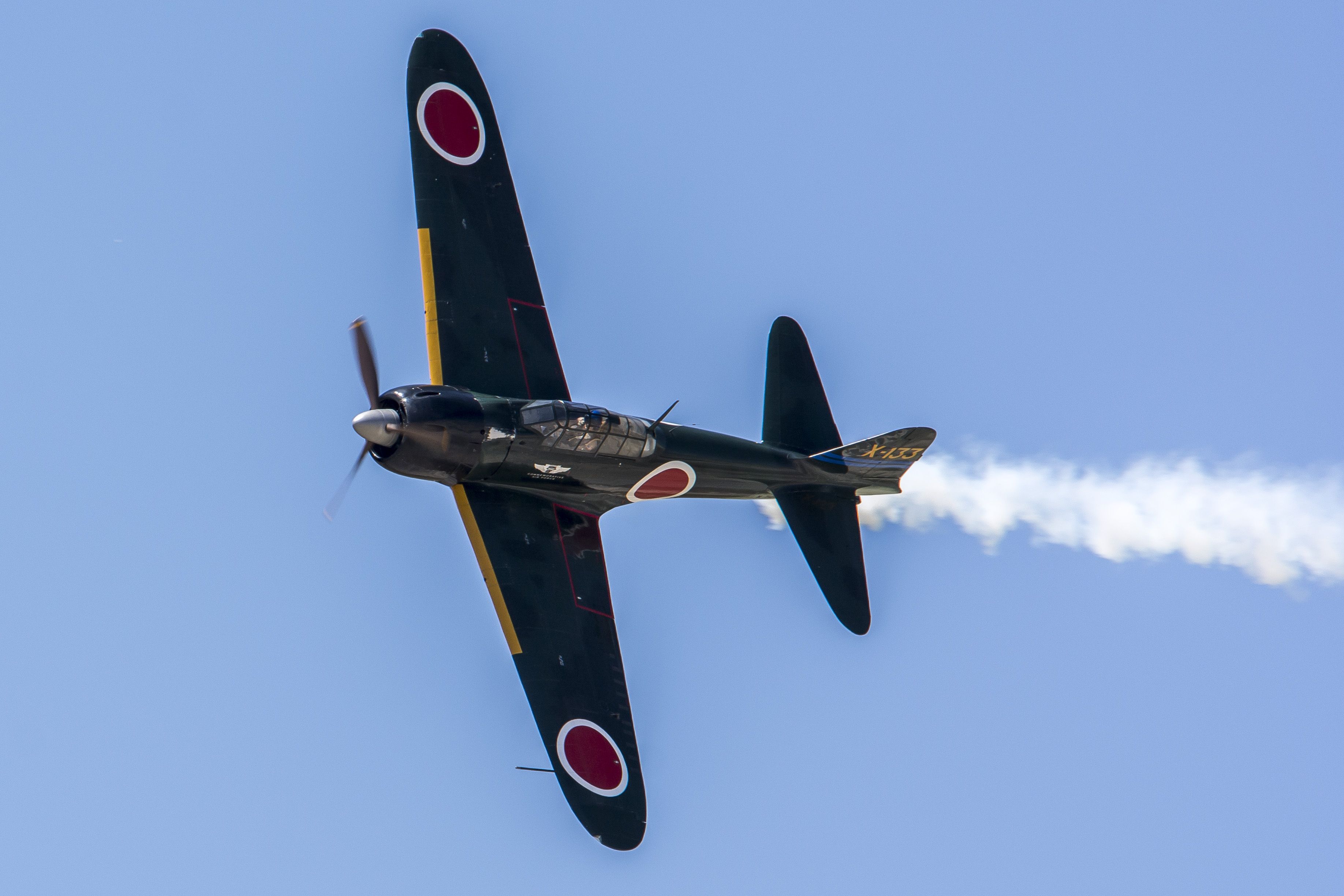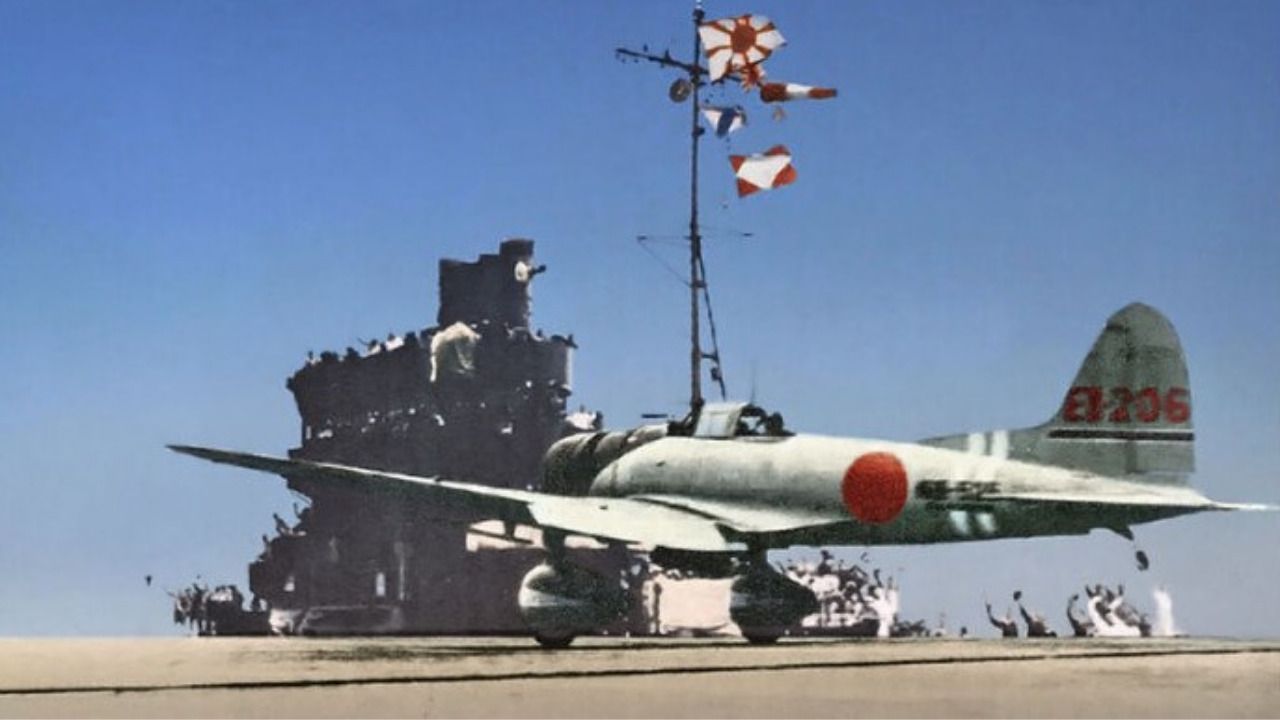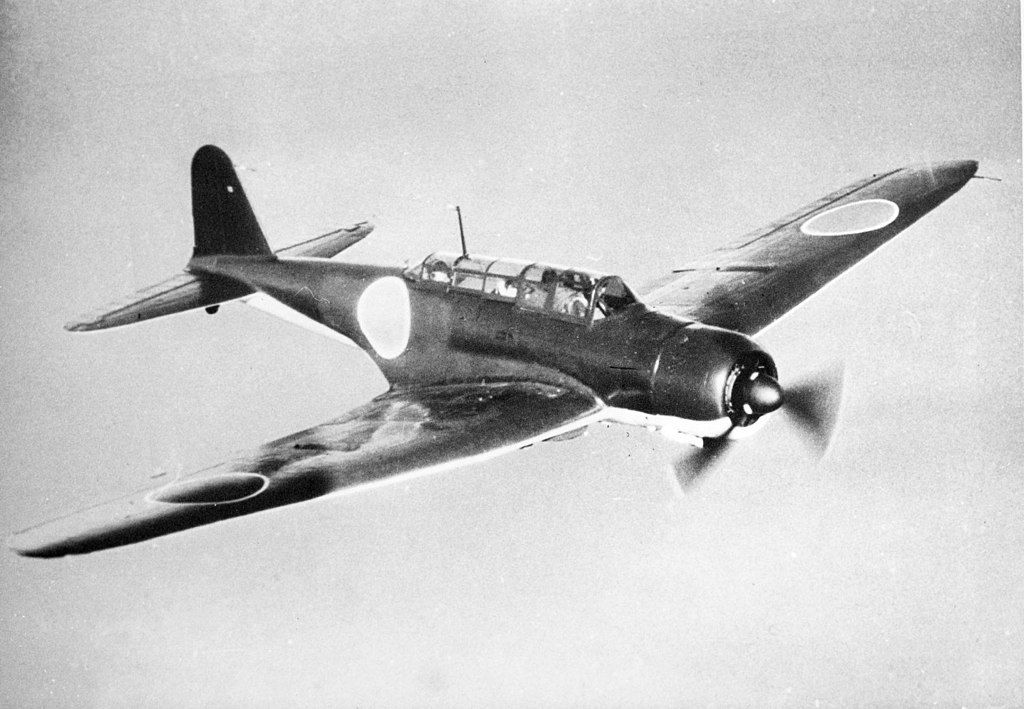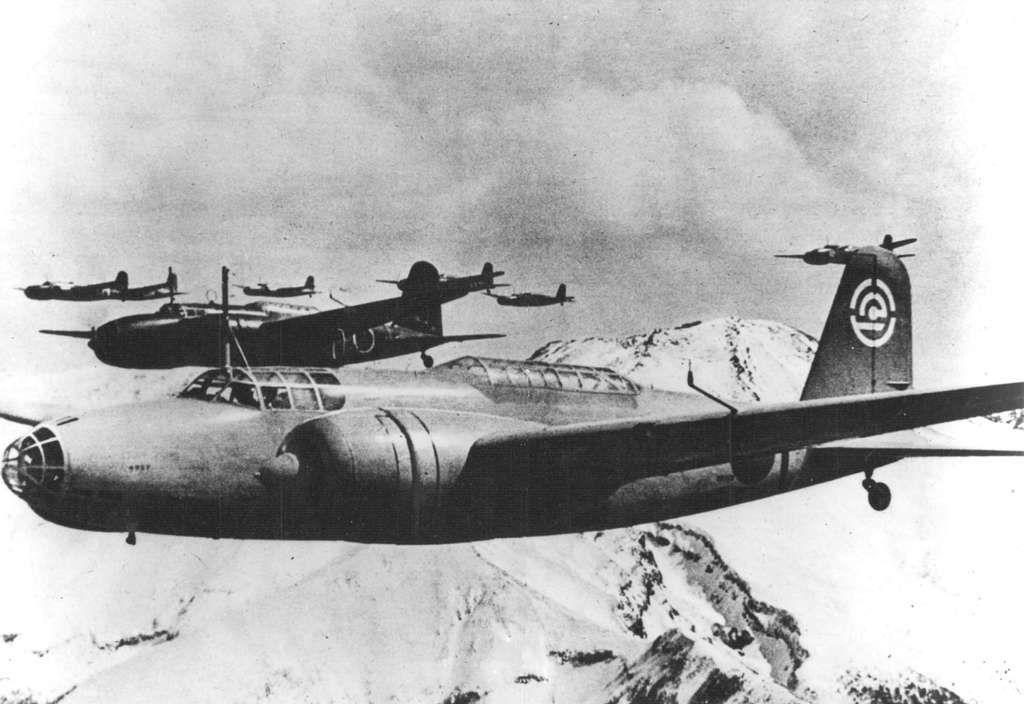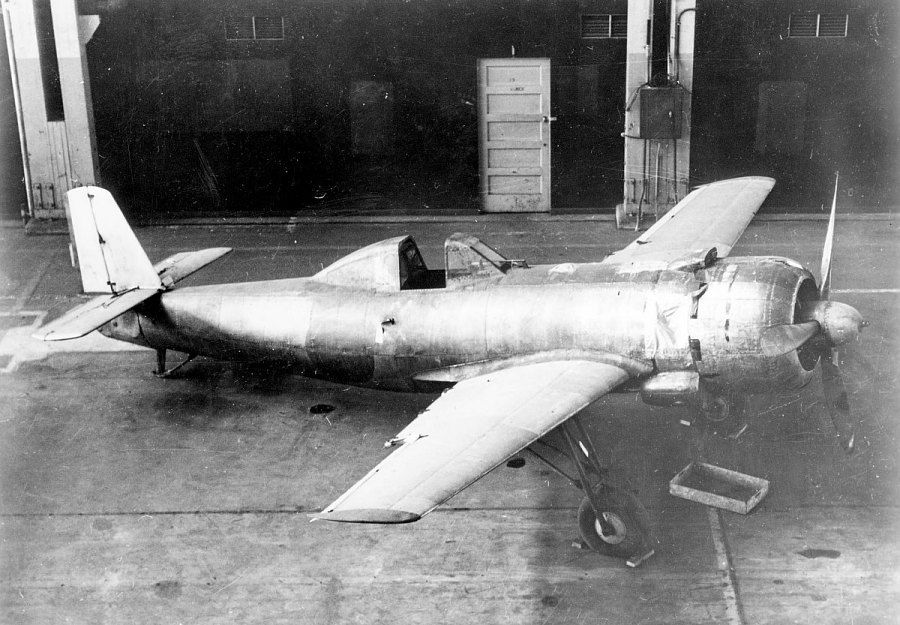Summary
- The Imperial Japanese Army and Navy operated independent but competing air forces.
- The Japanese Imperial Navy Air Force initially had competitive aircraft but fell behind by 1945.
- Japanese heavy bombers and transports are often overlooked, while the Nakajima Ki-115a Tsurugi, a crude, cheap kamikaze aircraft, symbolized Japan’s collapse.
Japan was one of the main belligerents of World War II. During the war, it produced around 65,000 aircraft of all kinds (although its aircraft production lagged behind the US, UK, Germany, and the USSR). Like the US, Japan lacked a dedicated air force service branch, with the Imperial Army and Navy operating their independent air forces. However, unlike the US, these service branches were locked in rivalries, sometimes bordering on civil war.
The Japanese Imperial Navy Air Force gained particular notoriety in the Pacific War. However, while Japan’s aircraft were competitive in 1940, they were outclassed by American models in 1945. Some aircraft, like the Zero, are remembered, others are forgotten (much like the Italian aircraft of WW2).
Mitsubishi A6M Zero
The Zero started out as the most formidable carrier-based fighter but had fallen behind by the end of the war
|
First flight: |
1939 |
|---|---|
|
Role: |
Carrier-based fighter |
|
Number produced: |
10,815 |
The Imperial Japanese Navy Zero was the main Japanese long-range carrier-based fighter. It is generally considered to have been the most capable carrier-based fighter at the start of the Pacific War, benefiting from its long range and excellent maneuverability. It was one of the Allies’ main opponents in the Pacific Air War and was a famous symbol of Japanese Naval air power.
Photo: Santiparp Wattanaporn | Shutterstock
However, as the war progressed, the Americans learned to exploit its weaknesses while introducing more advanced and powerful aircraft. By the end of the war, the Zero was completely outclassed. According to the National Museum of the United States Air Force, the Zero was produced in greater numbers than any other Japanese aircraft (some 10,815 zeros).
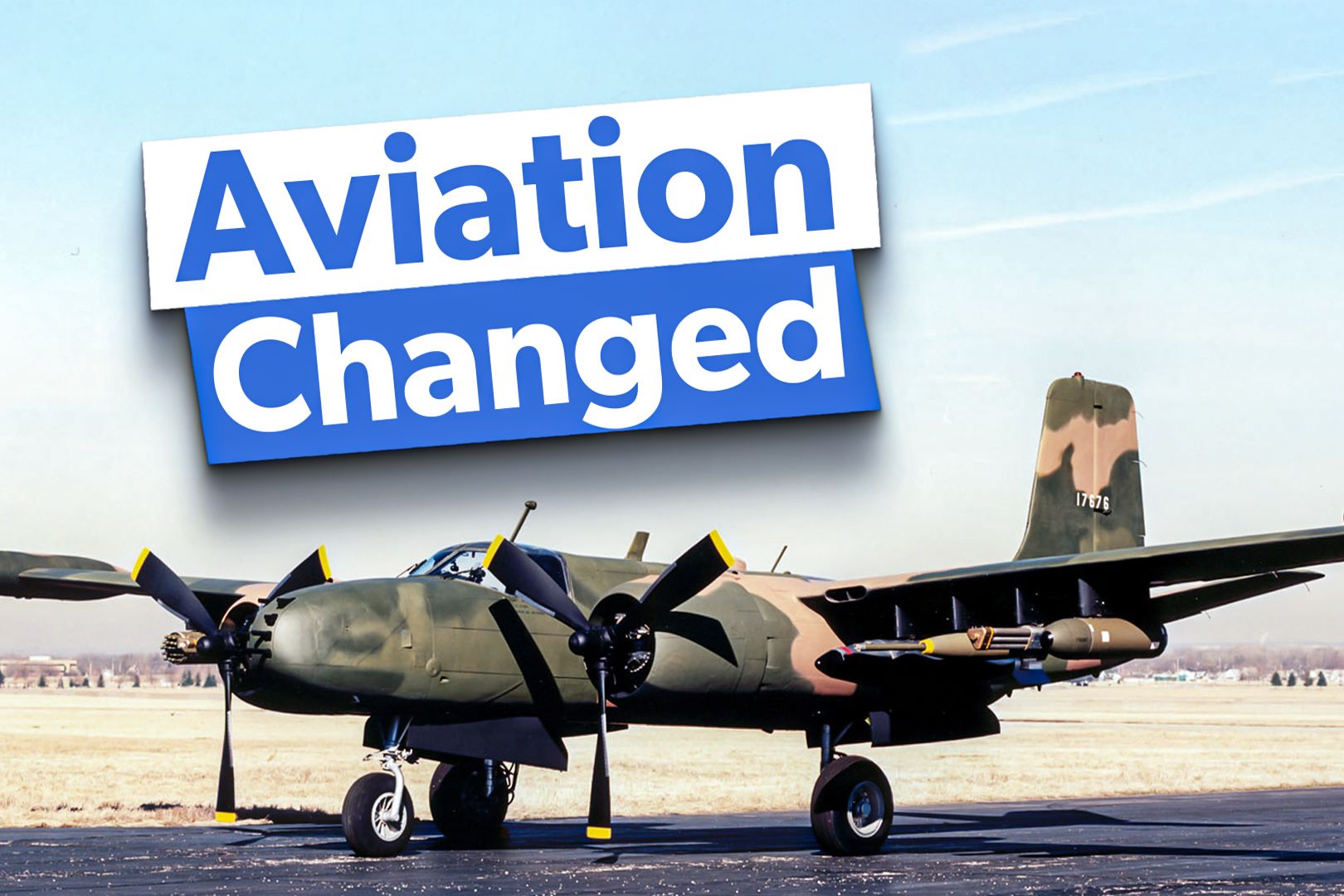
Related
How The Second World War Changed Aviation
People still feel the impact today.
Aichi D3A
The Aichi D3A sank or contributed to the sinking of four Allied aircraft carriers and numerous other warships
|
First Flight: |
January 1938 |
|---|---|
|
Role: |
Carrier-based dive bomber |
|
Number produced: |
Approx. 1,500 |
As a fighter, the Zero could not destroy the US battleships at Pearl Harbor. The Aichi D3A or ‘Type 99 Carrier Bomber’ was the primary diver bomber of the Imperial Japanese Navy and saw action in almost all major Imperial Navy actions. The Aichi D3A was the first Japanese aircraft to attack American targets at the start of the war (beginning with the battleships at Pearl Harbor).
Photo: Palm Springs Air Museum
By the war’s end, the Aichi D3A was credited with destroying more Allied warships than any other Japanese aircraft. Notable Royal Navy ships sent to the bottom include the HMS Hermes (carrier), the HMS Cornwall, and Dorsetshire (cruisers). The Aichi D3A dive bombers also sank or greatly contributed to the sinking of the American USS Yorktown, Hornet, and Lexington (all carriers) and damaged the USS Enterprise (carrier).
Nakajima B5N
The Nakajima scored early success, but it quickly became obsolete and a Kamikaze aircraft
|
First Flight: |
January 1937 |
|---|---|
|
Role: |
Carrier-based torpedo bomber |
|
Number produced: |
Approx. 1,150 |
While the American dive bombers outperformed their torpedo bombers at Midway, the Japanese Nakajima B5N torpedo bombers wreaked havoc on the American battleships at Pearl Harbor. At the start of the Pacific War, the Nakajima was considered superior to its American and British carrier-borne torpedo bomber counterparts.
At Pearl Harbor, it sank the American battleships USS West Virginia, California, Oklahoma, Utah, and (catastrophically) the USS Arizona. It also assisted in sinking the carriers USS Yorktown, Lexington, and Hornet. Quickly, the Nakajima became obsolete. However, the Japanese had no option but to continue using them, and later, they were used as Kamakazi aircraft.
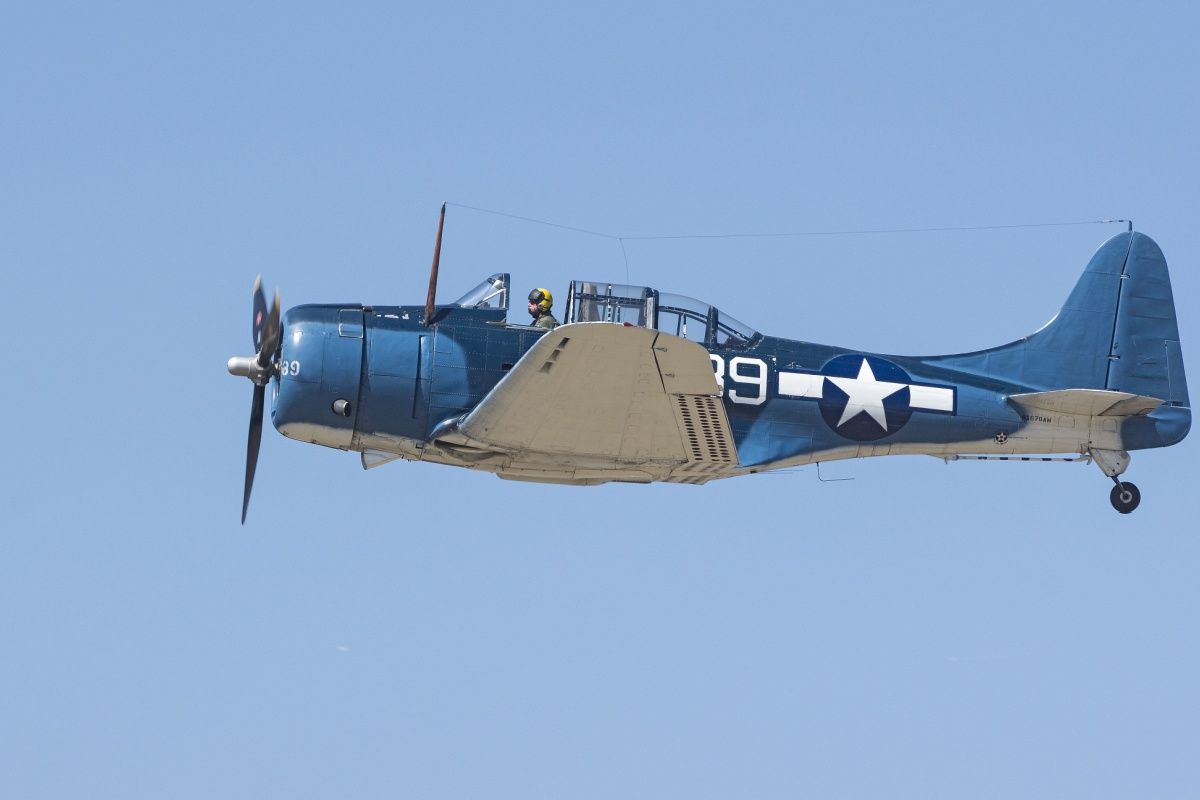
Related
History: 5 Iconic Carrier-Based Aircraft From The Second World War
While the British and Japanese boasted carrier-based aircraft that distinguished themselves early on, American aircraft dominated the later war.
Mitsubishi Ki-21
Forgotten Japanese heavy bombers and transports could not operate off aircraft carriers
|
First Flight: |
December 1936 |
|---|---|
|
Role: |
Heavy bomber |
|
Number produced: |
over 2,000 |
The two main heavy bomber powers of WWII were the British and later the Americans (although the Germans also produced several heavy bombers). While nothing on the scale of the British or Americans, the Japanese also produced fleets of heavy bombers. One of these was the Mitsubishi Ki-21 “Type 97 Heavy Bomber.”
The Ki-21 saw early action in China and later in the first stages of the Pacific War in the Malayan, Burmese, Dutch East Indies, and New Guinea Campaigns. It was even used to raid northern Australia. However, it was soon outclassed. Some were used as trainers, while others were converted to transports.
Nakajima Ki-115a Tsurugi ‘Sabre’
The ‘Tsurgi’ is perhaps one of Japan’s most forgotten WWII aircraft and was built as its empire collapsed in the face of Allied advances
|
First flight: |
March 1945 |
|---|---|
|
Role: |
Dedicated Kamakazi aircraft |
|
Number produced: |
104 |
If the Zero demonstrated the Imperial Japanese Navy’s technological and technical edge in 1940, the Kamakazi Nakajima Ki-115a Tsurugi symbolized its collapse late in the war. After the “turkey shoot” in the Marianas, the Japanese could no longer challenge the US in the air toe-to-toe. Instead, they relied on desperate kamikaze attacks.
Photo: Air and Space Museum
The ‘Tsurgi’ was purpose-built as a kamikaze aircraft. The controls, instruments, and everything else were crude and rudimentary and designed to be produced as cheaply as possible for one-way attack missions (the Japanese did not want to use their best aircraft on suicide missions). It even used old stocks of Japanese engines from the 1920s and 1930s.
